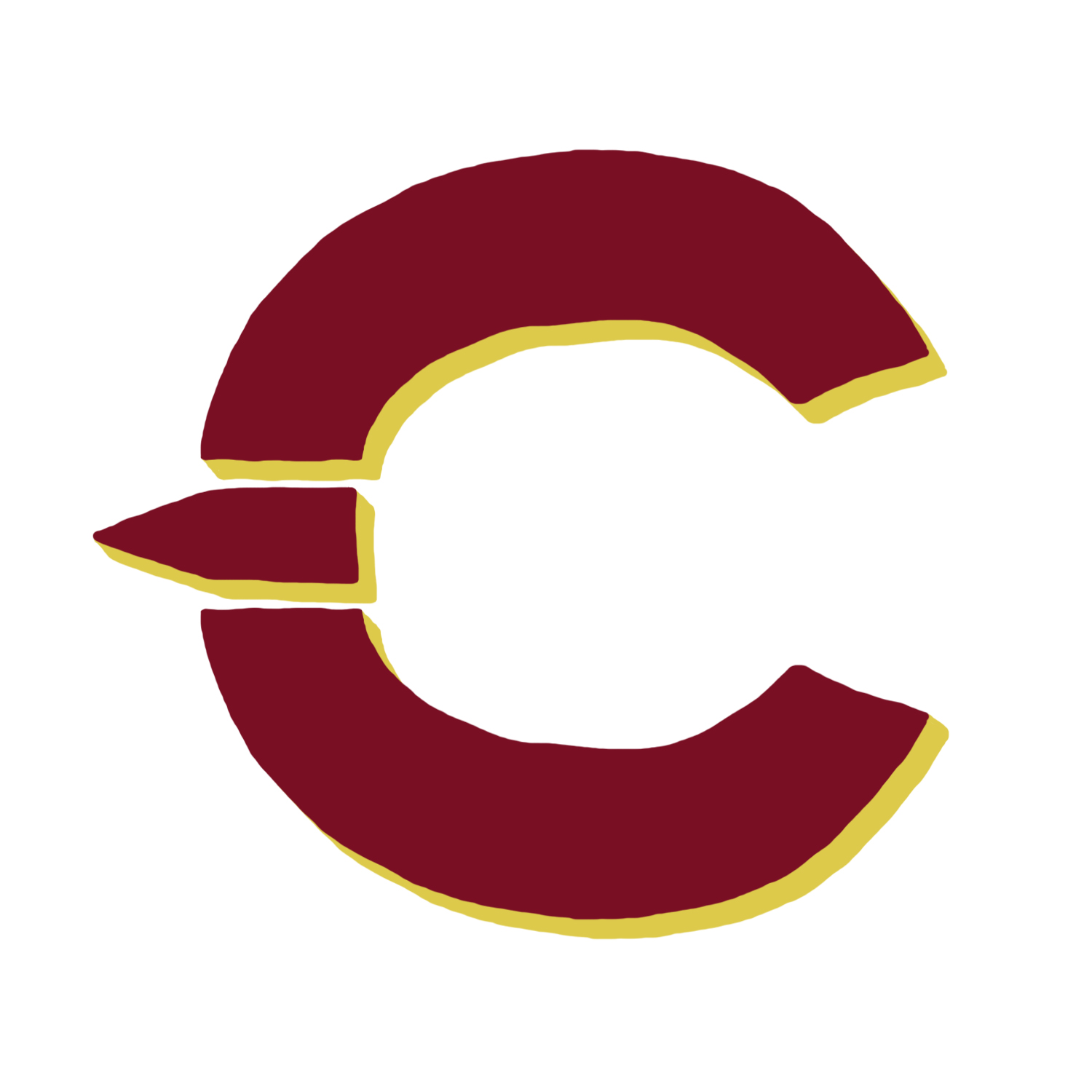A conversation with athletic director Patrick Boivin about how to grow the Stingers program
It’s been approximately two and a half years since Patrick Boivin was named Director of Recreation and Athletics at Concordia. While having a conversation on the past, present and future of Concordia’s athletic department, Boivin made it clear that he believes the program is on the right track.

“All the programs are progressing well, they’re all on track to more or less achieve the potential we feel they can achieve,” said Boivin. “I continue to believe that we have a great opportunity here, being the second English language school (in Montreal) but also being a lot more accessible and therefore open to the rest of Canada.”
In order to get Concordia’s athletic program to the top, Boivin believes that it is important to have a plan that is both realistic and practical.
“It’s a building process,” Boivin said. “Unlike professional sports teams, you can’t blow everything up and buy everything new again, whether it’s with players or with staff; you have to build things up properly and you have to make sure you’re building solid foundations. My motto has been that no matter what we’re doing we’re doing it not only to progress but to progress sustainably.”
This culture change throughout the athletic department may cause short-term pain in the win column, but Boivin is sure that short-term gain is not necessarily conducive to creating a respected and consistently competitive program.
“Football, for example, was dressing anywhere between 20 and 25 rookies this year and a lot of them played some really good ball for us,” said Boivin. “The hockey team had a ton of rookies and in both of those cases it’s due to significant change.”
Boivin continued on to say that when it comes to filling holes on a team, the goal is not to fill those holes with “one and done” players because it is a “disservice to the student athlete.”
The key to Boivin’s method of turning the program around is alumni support. He knows that in order to become a force athletically, the university and the department have to embrace former students and student athletes and outline to them exactly how they’re involvement can help take the program to the next level.
“The reality is in CIS sports in general. That delta that differentiates those top tier teams, a lot of it is related to the added funding that they’re able to get their hands on through donors, fundraising and a re-engagement of the alumni base and it’s something we’ve kind of fallen short on a little bit through the years,” Boivin said. “It’s all relationship building; so if you haven’t done it in the past you can’t just flip a switch and have it start.”
However, Boivin believes that no matter what the alumni do to provide support for the team, the student body has to become steadily engaged in the performance of their sports teams. Last year’s football home-opener drew the largest crowd in the school’s history. Boivin acknowledged that maintaining that viewership will be challenging but believes the initiatives in place can yield results in the years to come.
“We had some pretty good success last year through ASFA and John Molson Sports Marketing,” Boivin said. “The reality of having two campuses means that this audience (Loyola) might be a little more captivated but it’s a fifth of the entire student population so we want to be relevant without necessarily being present downtown.”
When it comes to figuring out how to get people engaged, Boivin believes he has the answers.
“First things first, it has nothing to do with how you market things. Your teams need to win,” Boivin said. “In order to get people engaged, there needs to be an emotional tie and it’s usually tied to winning and if not winning at least having a good time because there’s a possibility for you to win.”



